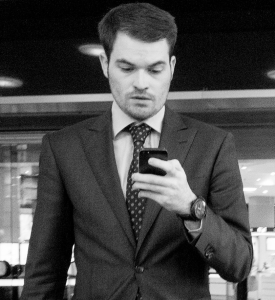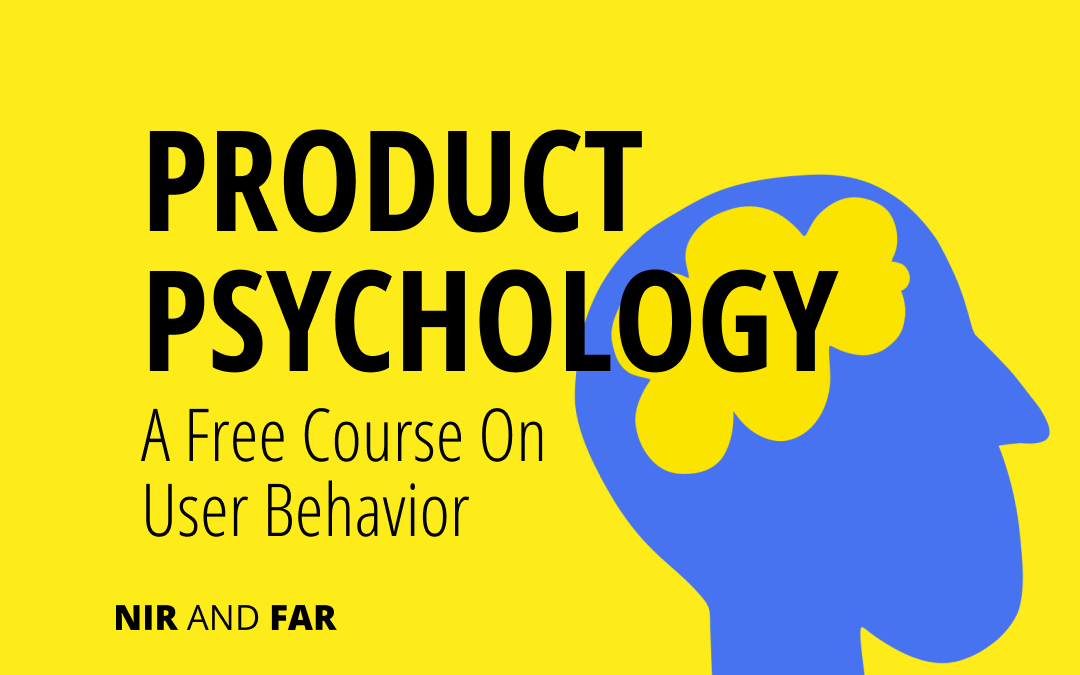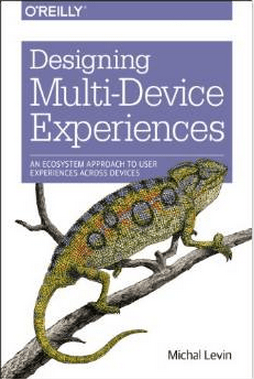The Psychology of a Billion-Dollar Enterprise App: Why is Slack so Habit-Forming?

Slack isn’t just another office collaboration app. The company has been called, “the fastest-growing workplace software ever.” Recent press reports claim that “users send more than 25 million messages each week,” and that the company is, “adding $1 million to its annual billing projections every six weeks.”
Smelling an opportunity, investors just plowed $120 million into the company, giving it a $1.12 billion valuation.
“Our subscription revenue is growing about 8 percent monthly, before we add new sales,” says Slack’s business analytics lead Josh Pritchard. “This is, as far as I know, unheard for an enterprise SaaS company less than seven months after launch.”
Perhaps even more surprising, Slack’s user retention stands at an astonishing 93 percent.



